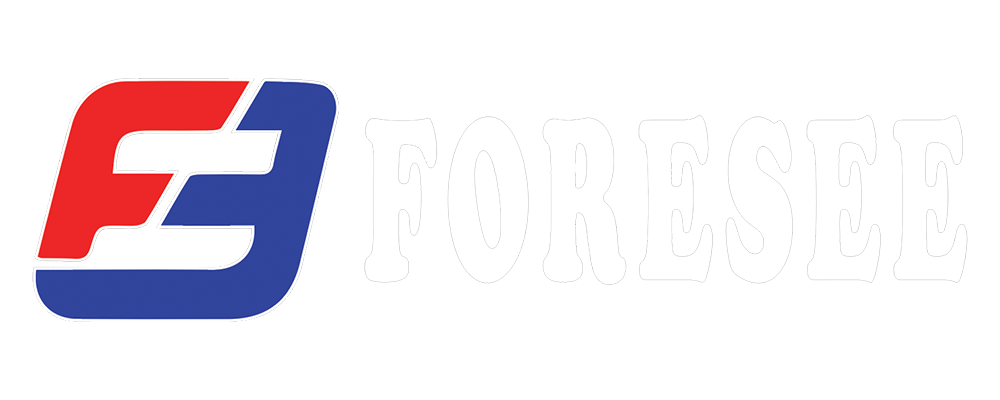AWS classifications for tensile strength in welding electrodes provide valuable information about the minimum tensile strength of the deposited weld metal. The tensile strength is a crucial mechanical property that indicates the maximum stress a material can withstand before it fails in tension. In welding, it's essential to select electrodes with appropriate tensile strength to ensure that the resulting welds meet the mechanical requirements of the application.
The AWS classification system typically includes a numeric designation that represents the minimum tensile strength of the deposited weld metal in kilopounds per square inch (ksi) or megapascals (MPa). For example, in the common SMAW electrode classification "E7018":
- The "70" in "E7018" indicates that the minimum tensile strength of the deposited weld metal is 70 ksi (or approximately 480 MPa).
This numeric designation helps welders and engineers choose electrodes that match the mechanical properties required for the specific application. For instance, if a welding project requires welds with higher strength, electrodes with higher tensile strength classifications would be selected.
Understanding AWS classifications for tensile strength allows welders to make informed decisions when selecting welding consumables, ensuring that the resulting welds meet the mechanical performance requirements of the welded structure or component.

Recent post